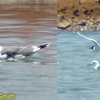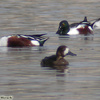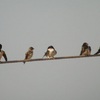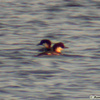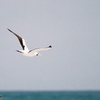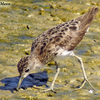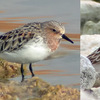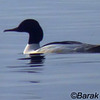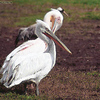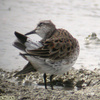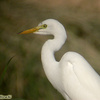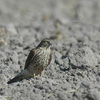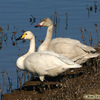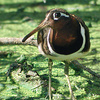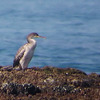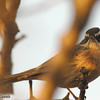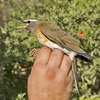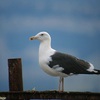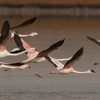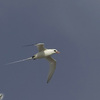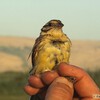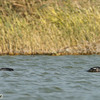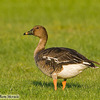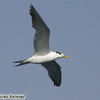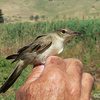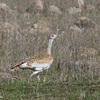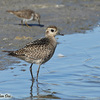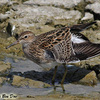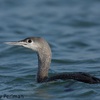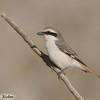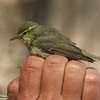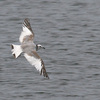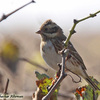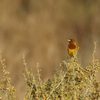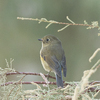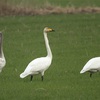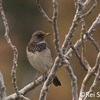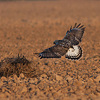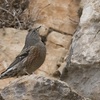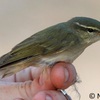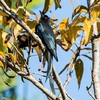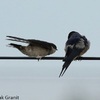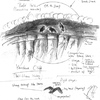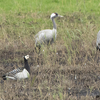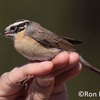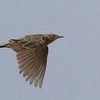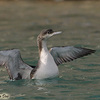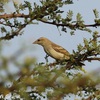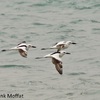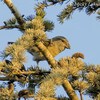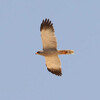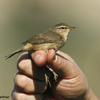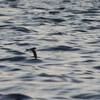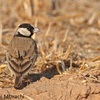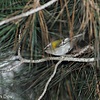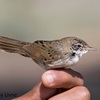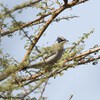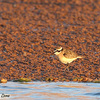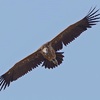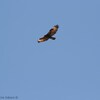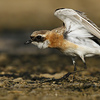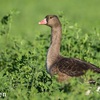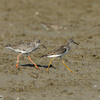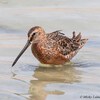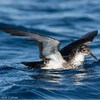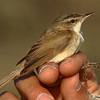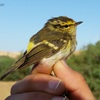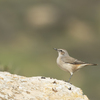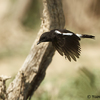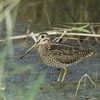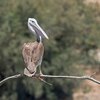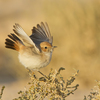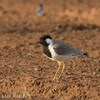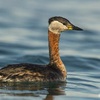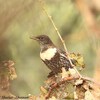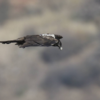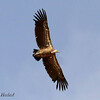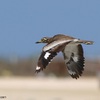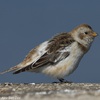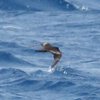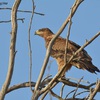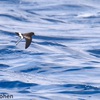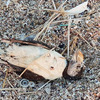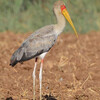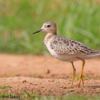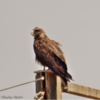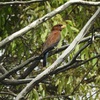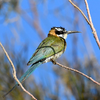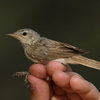| Home |
| Rarities Committee |
| IL400 Club |
| Checklist |
| Monthly Summaries |
| Birding Reports |
| Rarity Alerts |
| Historical Records |
| Articles |
| Gallery |
| Video Clips |
| Contact Us |
An overview of rare birds occurrence in Israel during 2000-2019
Tomer Landsberger
January 03, 2020
We had just entered the 3rd decade of the 21st century. To celebrate this arbitrary milestone, I generated a comprehensive database of all the rarity records in Israel since the turn of the millennium. To this end, I integrated data from multiple sources, namely this website, the old ISRABIRDING yahoo group, birds.org.il, the RBA on telegram and personal recollections.
The database covers 102 species with <15 records in the years 2000-2019, comprising ~360 records altogether. During that period, a total of 489 species were recorded, of which 21 were recorded for the first time ever. Records are stratified by species, month, year, region, habitat and likely area of origin. Statistical inference confirms some suspected occurrence trends. Finally, for those of you less fond of graphs, a photo gallery of all (photographed) species is included.
The database is intended to be embedded into israbirding.com in the near future. In the meantime, as they used to say, enjoy and good birding.
Full records chart by species. Since the pool of potential 1sts is so big (hundreds I would say), this chart is dominated by singletons.
*Vagrants = species with 1-4 records during 2000-2019; Very rare = 5-15 records.
Left pane: A nice surge during the second part of the second decade, perhaps due to increasing popularity of birdwatching?
Right pane: November, which is traditionally regarded to be the best month for rarities, is indeed strongest overall but is superseded by January with respect to vagrants. Even slumberous June had its share of hits over the years.
Left pane: Bodies of water are by far the best place to look for birds.
Right pane: Eilat is clearly a magnet for rarities. Ma’agan Michael has an impressive yield considering its small size, which is why I treated it separately from the coastal plane.
Left pane: Visitors from north America are extremely rare. With the exception of the American Golden Plover, that appeared subsequently in Acre and Ma’agan Michael (same winter and probably the same bird), no species made more than one appearance.
Right pane: Occurrence of African species is strongly biased towards spring-summer, while European species are biased towards autumn-winter.
*Autumn-winter = September-February; Spring-summer = March-August.
Left pane: Statistical testing shows a strong bias in rarity occurrence towards the autumn-winter period compared to the spring-summer period.
* Autumn-winter of year n is actually of year n - n+1.
Right pane: Analysis of recurrence patterns reveals that occurrence of a given species generally anticipates occurrences of the same species on the next year, and possibly up to the next 5 years.
Photo Gallery
All images are © of the photographers. Full size images are watermarked accordingly.
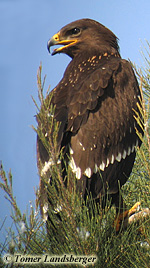 Lesser Spotted Eagle (Aquila pomarina) Bet Shean valley, Oct.05 |
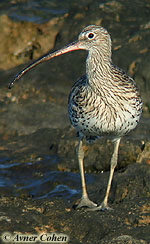 Curlew (Numenius arquata) Acre shore, Sep.05 |
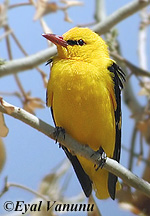 Golden Oriole (Oriolus oriolus) Neot Semadar, Apr.05 |
Back to top
